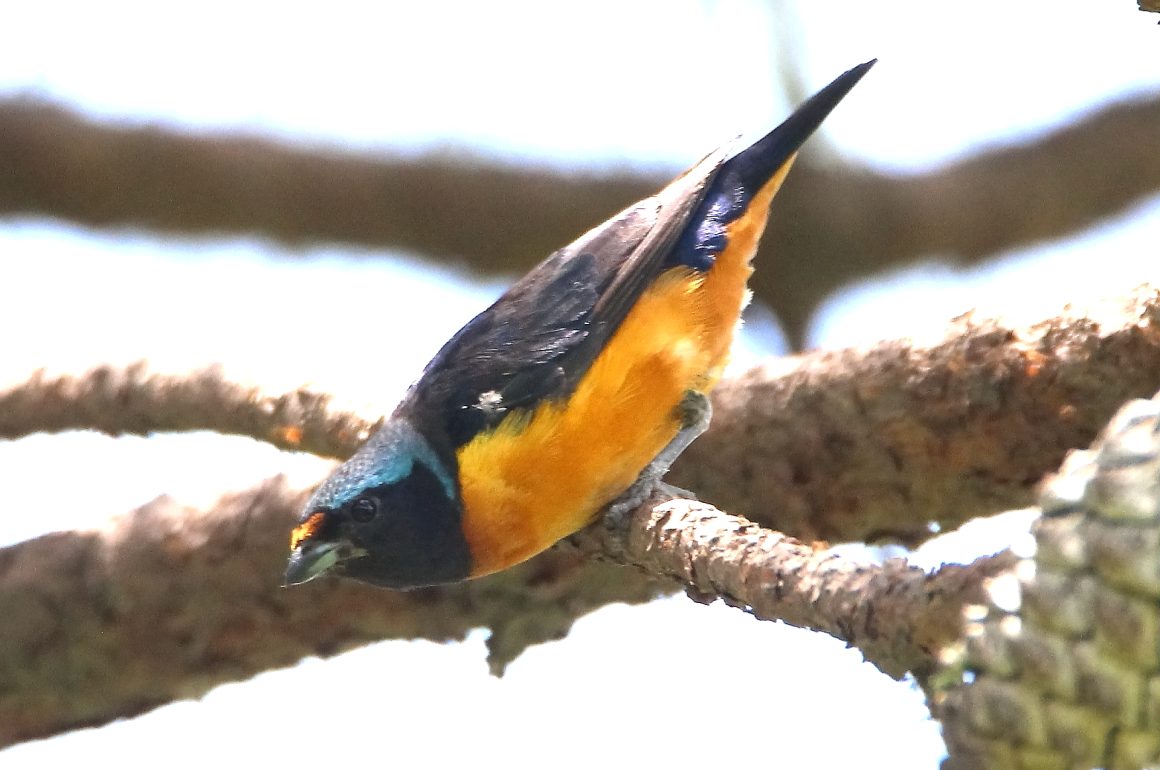
I have mixed feelings about ranking different bird species. One of my ornithologist friends appears to be happy counting House Sparrows and Eurasian Collared Doves for his lists; he also claims that the eBird name stands for “e(very)Bird counts”. I doubt that is really where the name came from, but hey, the sentiment sounds so darned noble. So I kind of feel that I should not talk about which birds are best. And yet, I just can’t help myself.
This Monday, I went in a group of four to bird around the town of Atzimbo. The site was not my choice; these people had been letting me call the shots for so long, that when one group member began gunning for a new site, it seemed only decent to accept a trip there… Even though I had to drive an hour (most of it crossing the city of Morelia) to reach a habitat similar to that which is just above my home.
And yet, anywhere in Michoacán offers some special birds, and Atzimbo was no exception. An Orchard Oriole was a great sighting for me, because it was my first for this year. In theory, we are just above the border between the southern limit of its summer range, and the northern limit for its winter range. But in practice, I can see it here at any time of the year. And yet, I rarely do. While others might prefer the bright orange and yellow colors of all our other New World Orioles, I love the Orchard’s rich chestnut tones.
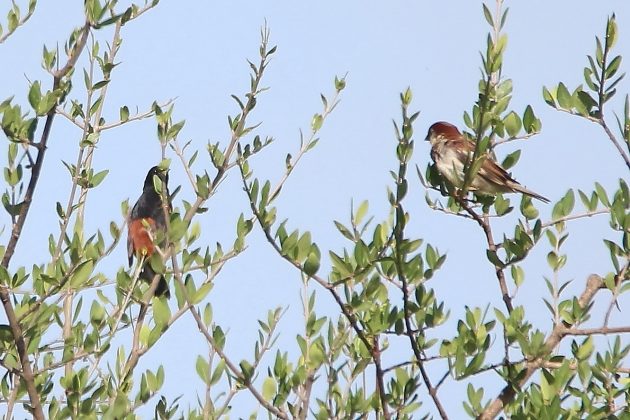
The Rusty Sparrow is a large sparrow that can only be found from western Mexico to northern Central America. We saw several, but unfortunately, the ones that let me take photos were feeding in a livestock paddock.
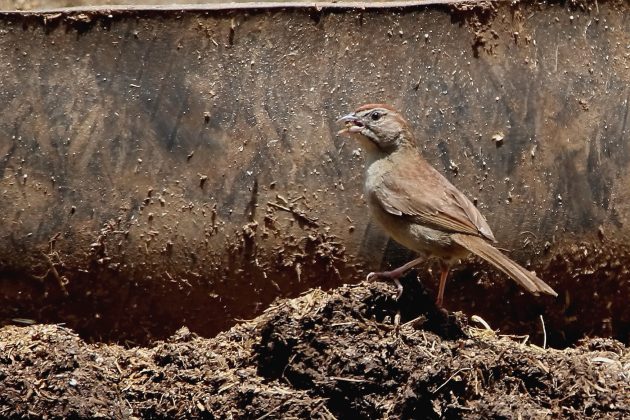
Several Black-chinned Sparrows sang from different perches, making this site a special one, indeed. These handsome and rare sparrows seem to require the specific mix of bushes, grasslands, and rocky outcroppings, that one section here offered.
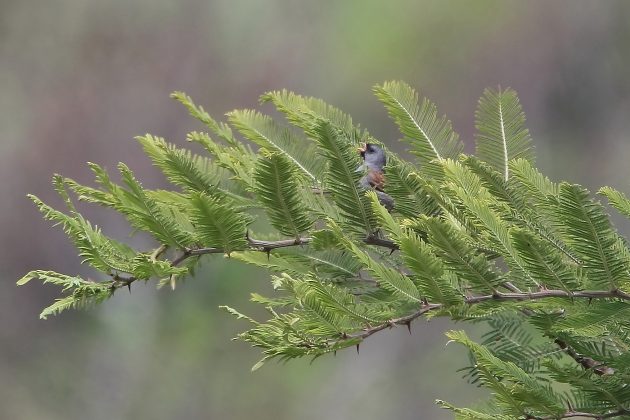
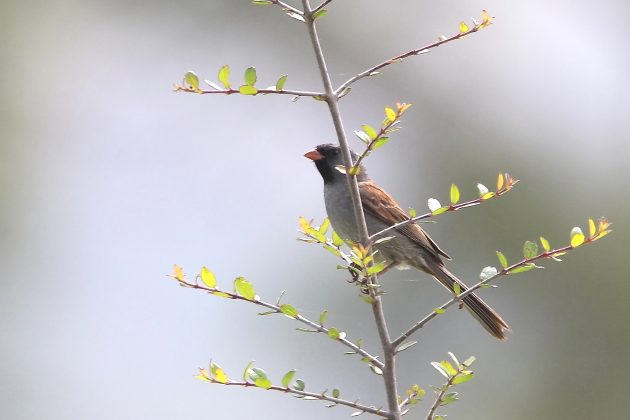
Bird long enough in North America, and you will eventually meet the Empidonax flycatchers: 14 small flycatchers, most of which are very nearly identical. Nearly all have grayish-olive backs and whitish undersides. Which absolutely makes the endemic Buff-bellied Flycatcher my favorite Empidonax, as it is the easiest to tell from its relatives.
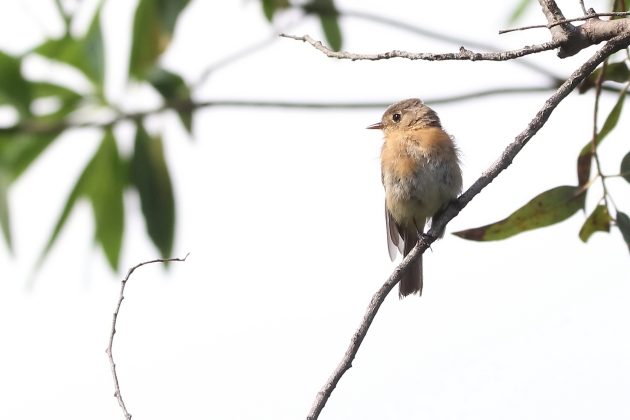
Most Buff-bellied Flycatchers have richer colors, making them even easier to distinguish. But this was clearly an immature bird. In fact, it turned out to be the first of several immature birds we would see this day. (In this very rainy year, there’s a whole lot of breeding going on.) One was an immature male Vermilion Flycatcher, just developing its red colors.
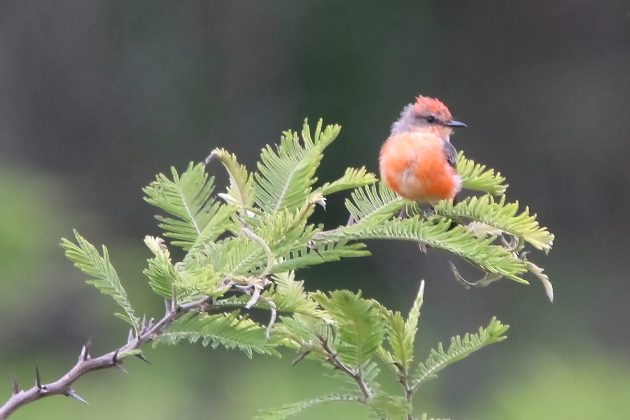
Elegant Euphonias may be our most gorgeous resident birds down here. A sub-adult male looked very similar to its future appearance, with all its bright colors already in evidence. But we were baffled by the immature female that accompanied it. It showed none of the beautiful sky blue, green, and yellow pattern that distinguish the adult female. In fact, you would be hard put to find another photo online of an immature female. (I couldn’t. But I thank Steve Howell’s book for a verbal description.) Every day out offers something new to learn.
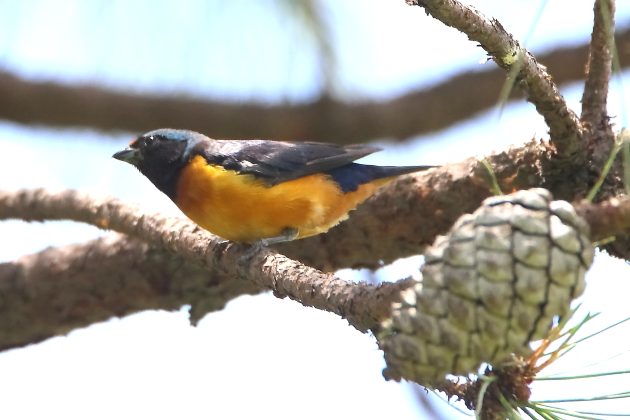
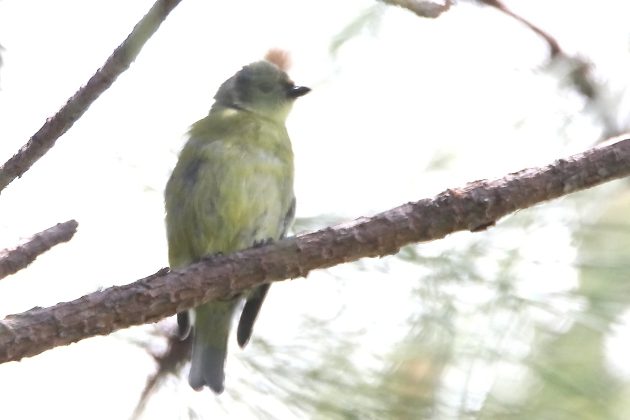
I immediately recognized that one Curve-billed Thrasher was also immature; it’s spotted breast, shorter bill, and yellow eye gave it away. An adult we saw later showed us its longer bill and orange eye.
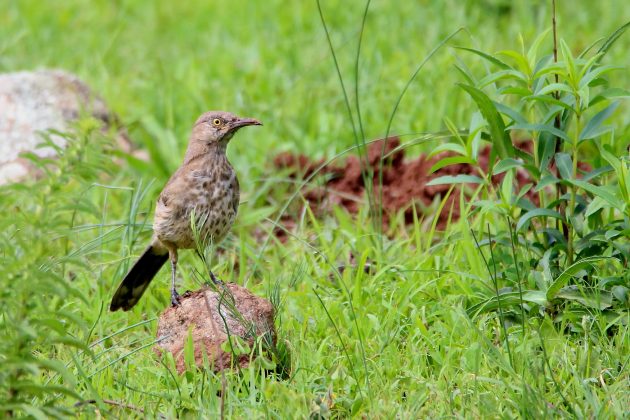
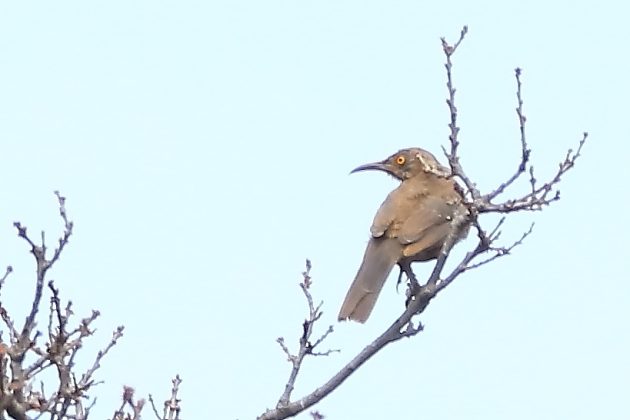
I’ll let an Acorn Woodpecker, a female Berylline Hummingbird, and a very accomodating Crested Caracara close out this day’s gallery.
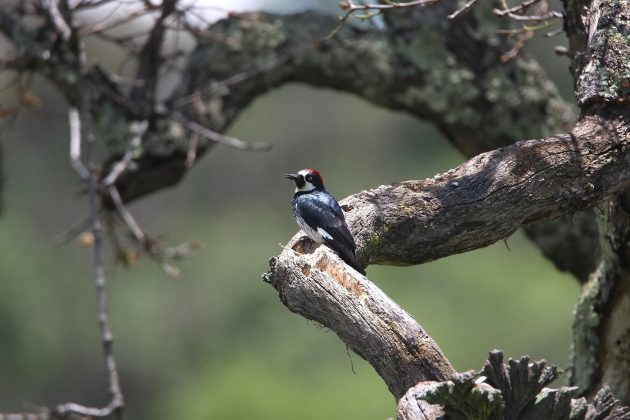
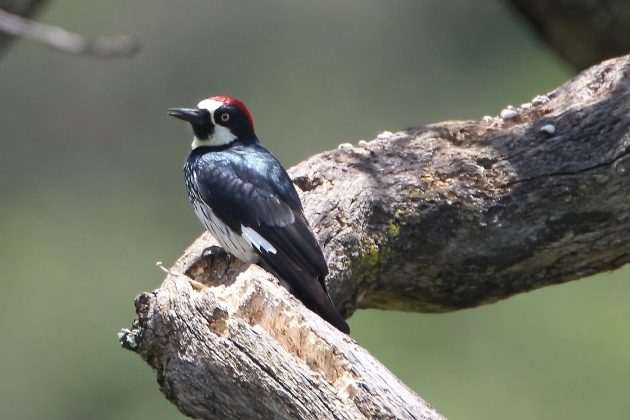
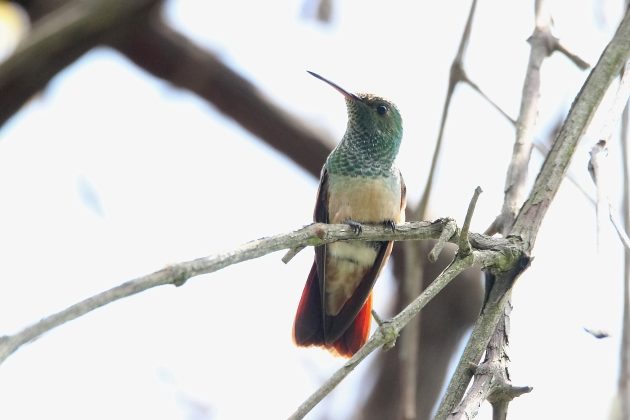
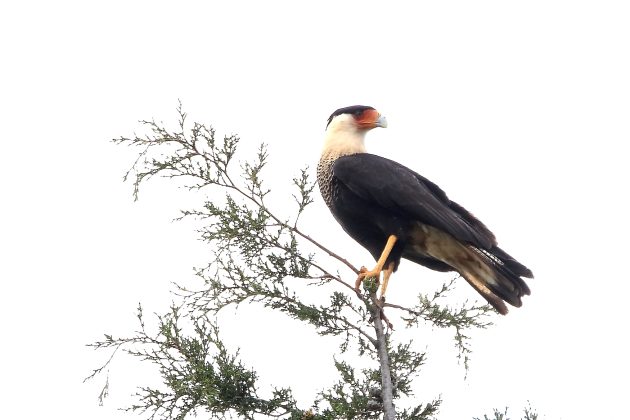











Nice sightings! Immature birds can really throw one off the scent. Great pictures!